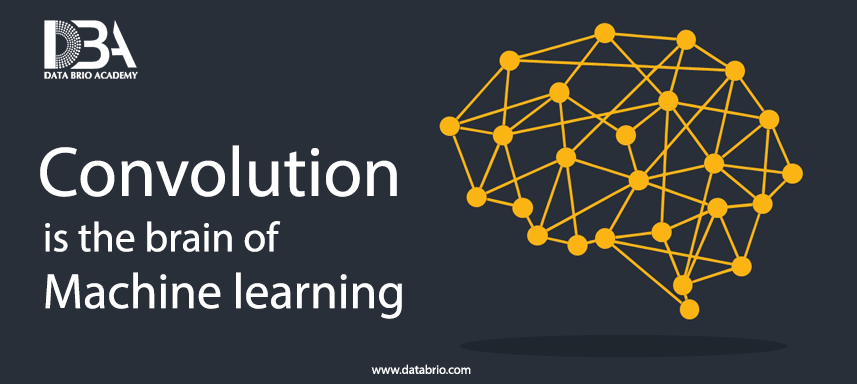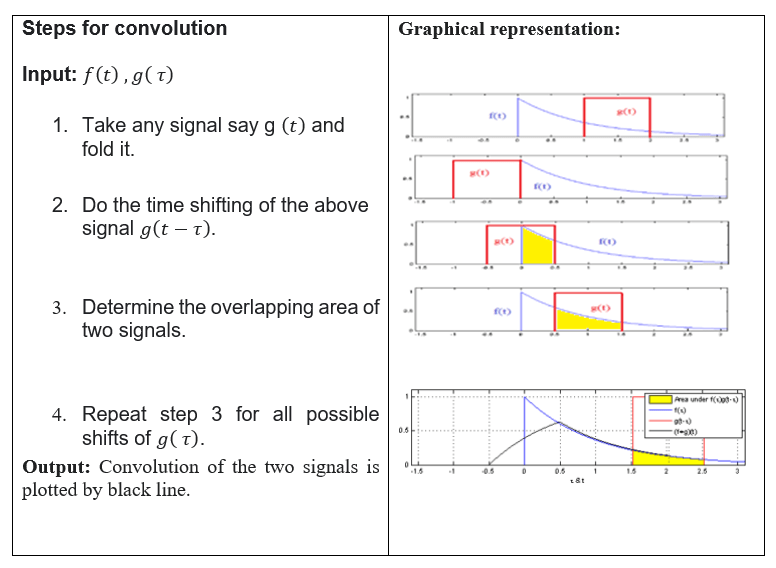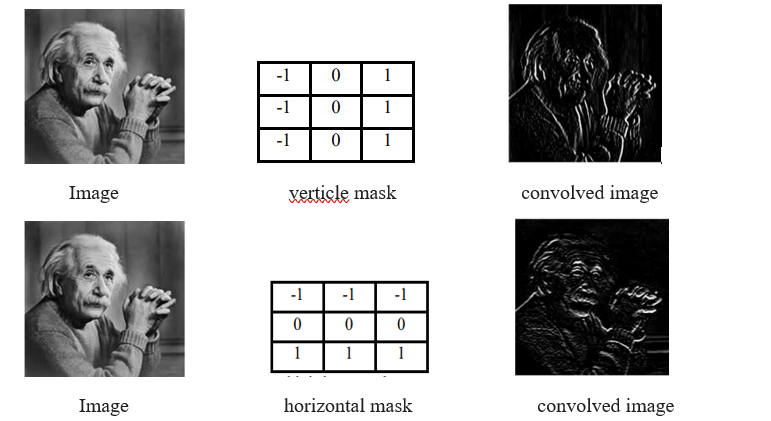One of the most exciting technologies in 2022 is machine learning that is used for mimicking human intelligence. We are really fortunate to be human beings, the most intelligent species on the planet. We have enormous power of our sense of organs. Despite intense studies, human stereo colour vision is not completely understood yet. Human lens is flexible and its curvature is controlled by ciliary muscles through the zonules. By changing the curvature of the lens, one can focus the eye on objects at different distances from it. This process is called accommodation.
In 2022 has any one tried to build lens like human lens?
The confident answer is No. Accommodative lenses like natural eye lenses are very complex and really difficult to replicate.
Like eye all of our five senses of organs are extremely powerful. God has sent us in earth equipped with immense power but we very rarely appreciate them. Filtering information from sensed data is the key intellectual property of human brain. In machine learning, this filtering mechanism is tried to be incorporated by Convolution operation.
Understanding convolution:
1D convolution:
To understand the convolution operation let us assume two sensed signals are represented by f (t) and g(t) when t is time.
The convolution of f(t) and g(t) is given below,
Here τ 
The basic four steps of convolution are given below,
2D convolution:
The concept of convolution can be extended to 2D signal like a 2D image the only modification need to add is that one of the inputs will be flipped twice. Generally by image we mean a two-dimensional function I(i,j), where i and j are location of pixel, and the amplitude of I is called the intensity of that image at that point. If the flipped input is F, then the convolution of I and F can be expressed as,
For each shift, we need to compute the product of the mutually overlapping pixels and calculate their sum. The result will be the value of the output pixel at that particular location. For example, the value of the first output pixel is determined as 4, as shown in fig. 2.
Fig. 2: Estimation of first pixel of convolved output image. Yellow matrix represents filter and green matrix represents image before convolution and Pink matrix represents convolved image.
The final convolved signal is determined as shown if fig 3.
Fig 3: 2D convolution operation. Yellow matrix represents filter and green matrix represents image before convolution and pink matrix represents convolved image
Convolution for extracting information:
What is the information of an image?
An image is a visual representation of an object. Information lies on variation of intensity of an image. To recognize an image this variation of intensity is naturally stored in human brain and analysed within few seconds. Variation of intensity can be extracted as edges present in an image.
By choosing suitable weight of a filter or mask different oriented edge information can be extracted using convolution operation. Lets observe the convolved image for vertical and horizontal masks shown in Fig. 4.
Fig 4: Verticle and horizontal edge information of an image is extracted by verticle and horizontal mask.
Thus, only by changing the weight of mask/ filter different type of edge information of an image can be extracted.
Conclusion:
The startling success of Deep Learning for computer vision lies on the convolution. Deep learning models itself can determine best weight of filters by training huge amount of data. Today convolution based deep learning models sometimes perform better than humans. The key success of deep learning comes primarily from the availability of large data and computing power. We believe that Artificial Intelligent based machine can defeat human intelligence because humans are very emotional and their concentration spans are also limited.







